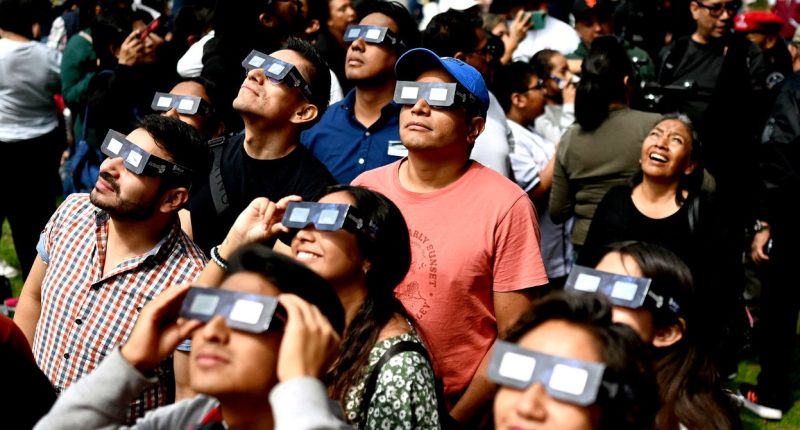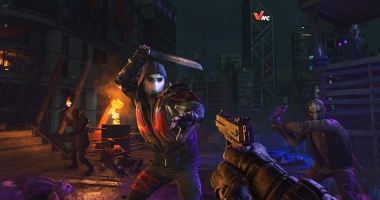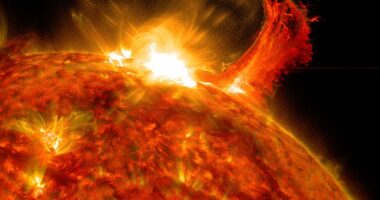

A total solar eclipse is coming to North America on April 8. The Great North American Eclipse, as it has been dubbed, will be visible across 13 US States, plus parts of Mexico and eastern Canada. But it will not look the same for everybody.
For those living along the path of totality—the projection of the moon’s shadow on the Earth’s surface—the celestial event is bound to delight. For everyone else, experiencing the total eclipse will require extensive planning … which, if you’re organized, should’ve already happened, but let’s face it, it probably has not.
I, for one, was considering Lexington, Kentucky, as my viewing venue. I had read that the eclipse there would be “deep partial,” but having never before witnessed a solar eclipse, I wasn’t sure whether that was good enough. My quest to find out led me to a nifty solar eclipse simulator that helps users visualize what April’s solar eclipse will look like from any city, town, mountain peak, or desolate patch of land in the northern hemisphere. To feed your imagination as you “try out” various locations, the simulator lets you set choose one of more than 50 landscapes to match the vibe you’re looking for—a city skyline, a snowy mountain range, or a placid lakefront. You can drag a slider on a timeline and watch the sun and the moon glide across your screen until they become one as the sky turns a dusky shade of blue.
The tool, which is based on centuries-old astronomical calculations as well as modern data, was built by Dan McGlaun, a retired mathematician from Purdue University and a self-professed geek who has been chasing eclipses since he was 10 years old. To date, McGlaun has witnessed 15 eclipses from incongruous places like airplanes and cruise ships. “I went to Kenya for an 11-second eclipse and it was the best day of my life,” he says.
The solar eclipse simulator is a side feature of McGlaun’s main website, through which he sells eclipse safety glasses. (These protective shades are an absolute must if you’re planning to look up at the sky during the eclipse.) But it only takes a minute on the phone with McGlaun to understand that the simulator is an absolute labor of love and the safety glasses business exists to fund it.
In 2017, McGlaun built a smartphone app that allowed people to choose an eclipse-viewing location on a map of the US to find out whether their chosen spot was in the path of totality for the eclipse during August of that year. Now, he’s furthered his effort to “evangelize eclipses” by building a more complex simulator, this one with an educational bent.
It took less than a minute of tinkering for me to understand that I would not be spending April 8 in Lexington, Kentucky, for the simple reasons that a partial eclipse—however “deep”—was nowhere near as impressive as the total eclipse I saw (on my screen) in places like Dallas, Texas, or Mazatlan, Mexico.









